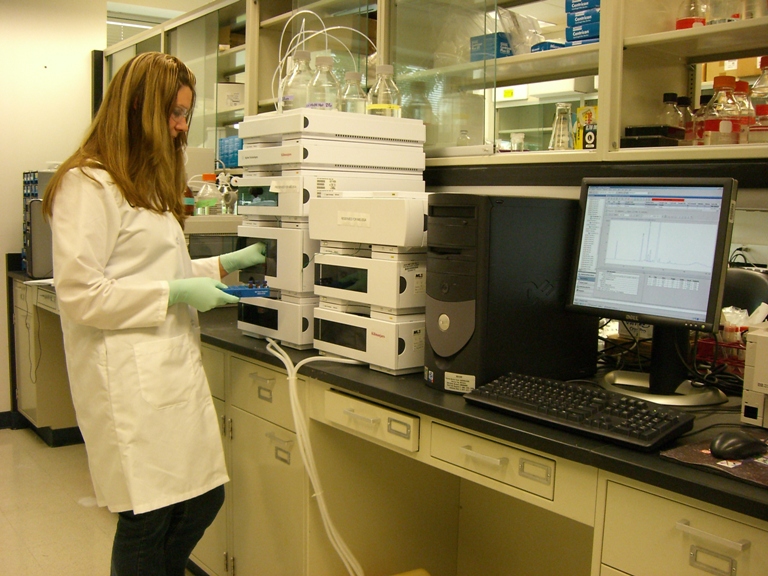Office meetings can put the bore in boring, especially if they are unorganised and timely. To avoid the collective sigh from officemates who receive your latest announcement regarding the next meeting, develop a plan of action that will not only engage attendees, but will also make them look forward to future meetings. A plan of action will help you stay on course, and it will help attendees remain focused before, during and after the meeting.
Good meetings begin in locations that are conducive to making it easier for both facilitator and attendee to remain engaged. Meetings rooms that are equipped with the latest technology lend themselves to this type of engagement. While many think organising a meeting has to be a time-consuming affair, laying the foundation for your next meeting is easy and begins a while before you actually meet.
Continue reading below for more information on how you can set up your next office meeting for success.
Logistics
Just like office space is a premium in the Australian landscape, finding a good place for a staff meeting is also important. Premium meeting rooms usually contain state-of-the-art equipment, including smart stations that have smart boards and audio and video-conferencing abilities.
In addition, these rooms are usually fitted out with the finest office furniture used to decorate corporate meeting and conference rooms. Servcorp meeting rooms are an example of the way in which many premium meeting and conference rooms are organised.
Agenda
Another way to set the foundation of your meeting is to use an agenda. An agenda keeps your meeting organised while you are speaking. To maximise your agenda, send a message to attendees asking for possible items to put on the agenda. This way not only do your employees contribute to the conversation, but they also can be a set of eyes and ears in case you have missed an item or two.
Time Limits
Spend a little time guesstimating just how much time you will need for each item on the list. When figuring how much time you need, always slot in a few minutes at the end of the meeting for questions. Tabling questions until the end of the meeting will prevent your meeting from veering off course and prevent you from consuming extra time.
When setting time limits, make sure to set aside a few minutes for stragglers who might come in, because nothing takes a meeting off course more than latecomers who need a recap of the information.
Digital Copies
In today’s tech-laden business environment, your office mates have the ability to pull up any and all information on their cell phones. For this reason, ditch the photocopies and provide attendees with a digital copy of a file that can be easily accessed from any technology, including a phone, tablet, or laptop. By providing attendees with digital copies of both the agenda and any accompanying notes, the information is readily available to them during the meeting.
Anecdotes
Use short anecdotes to convey ideas you want your co-workers to understand. Have fun with it too. Anecdotes that are funny or just thought-provoking always resonate later after everyone has gone back to their desks and has had time to think about them. More significantly, these stories are often ways to keep the meeting interesting.
Foundations For Successful Meetings
Successful meetings are the culmination of the groundwork that was laid previously. More significantly, this foundation is the factor that makes people want to attend your meetings instead of viewing them as another chore. Engaging, well-organised meetings are at the core of well-attended, well-remembered events.




